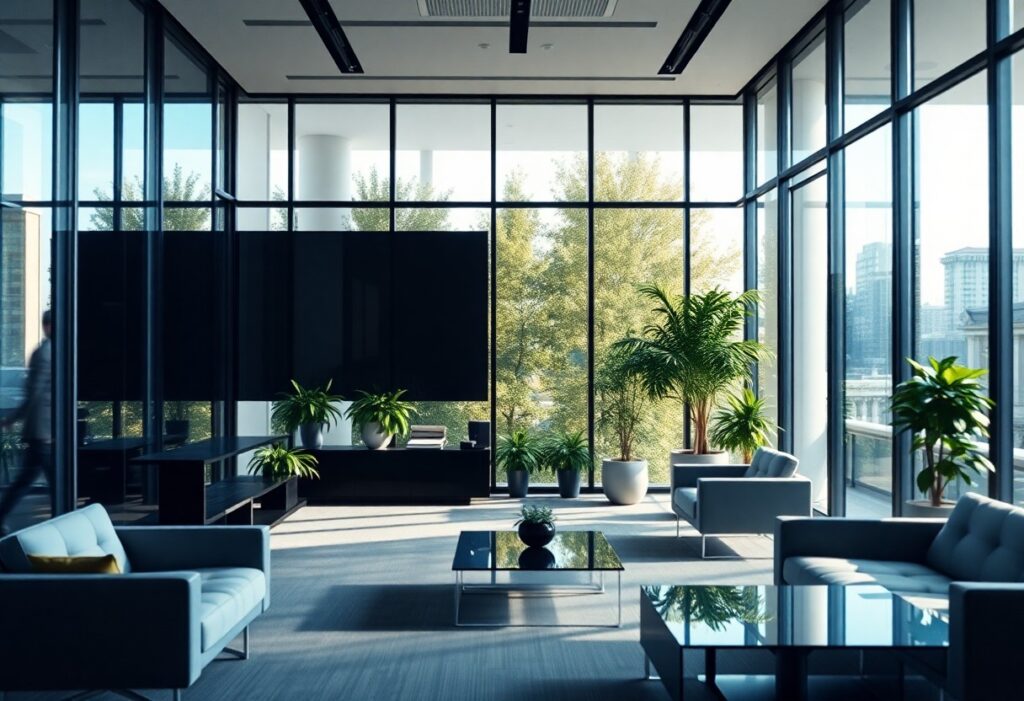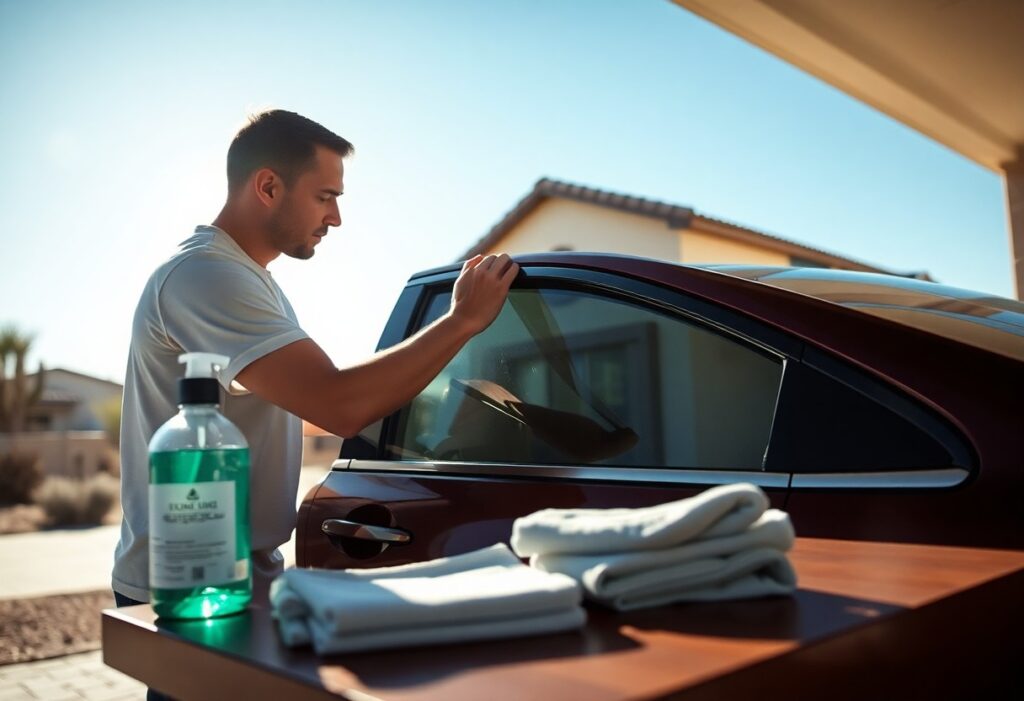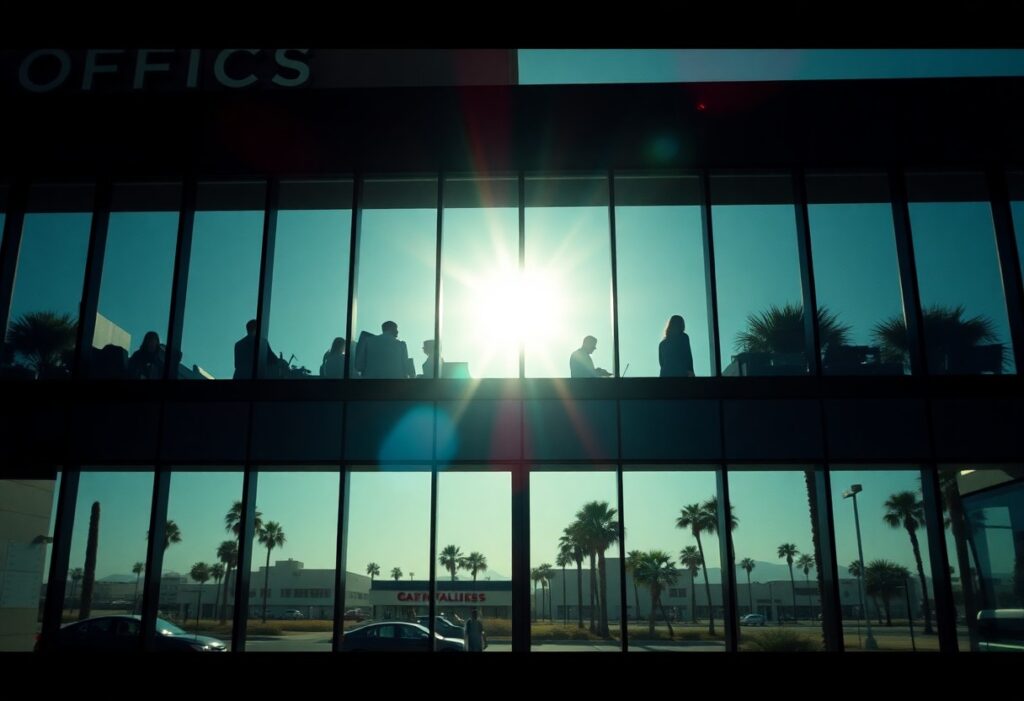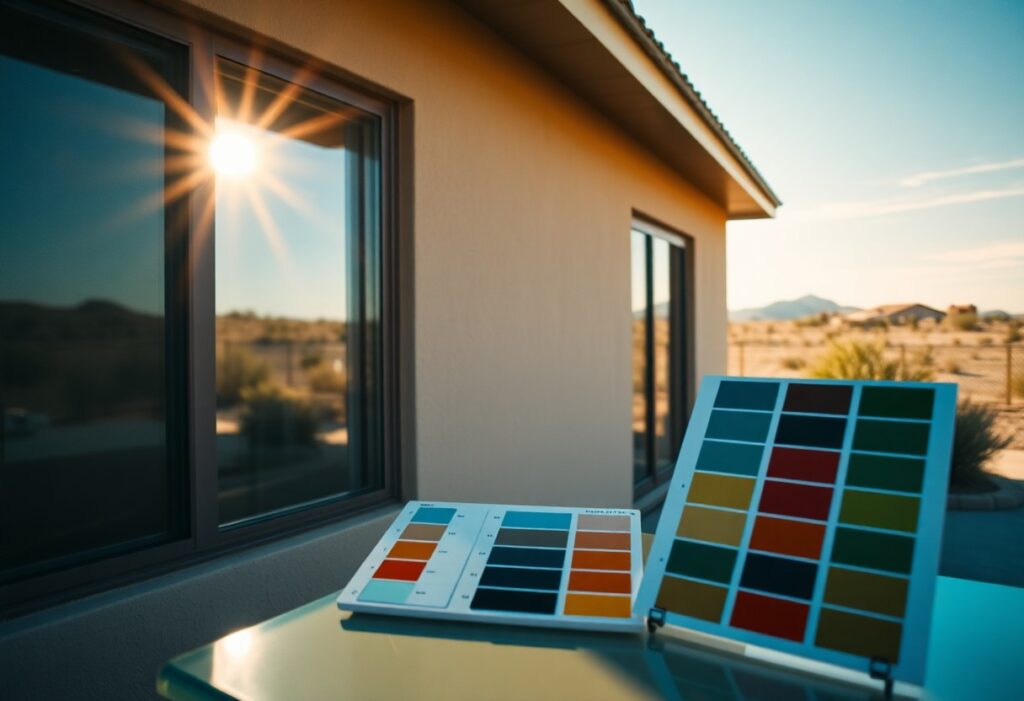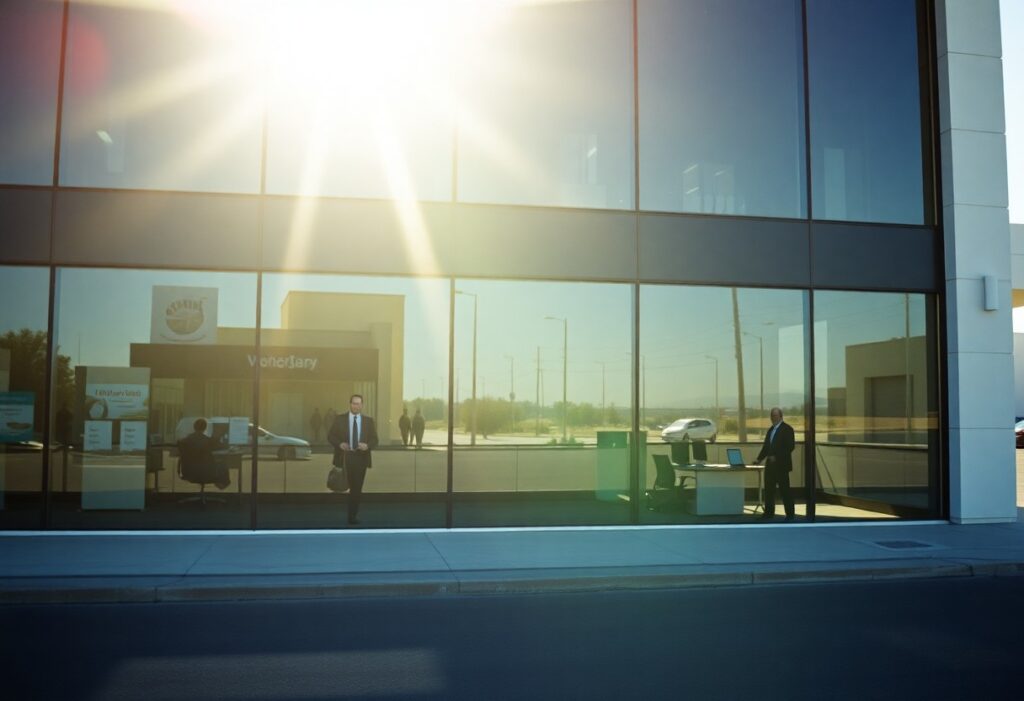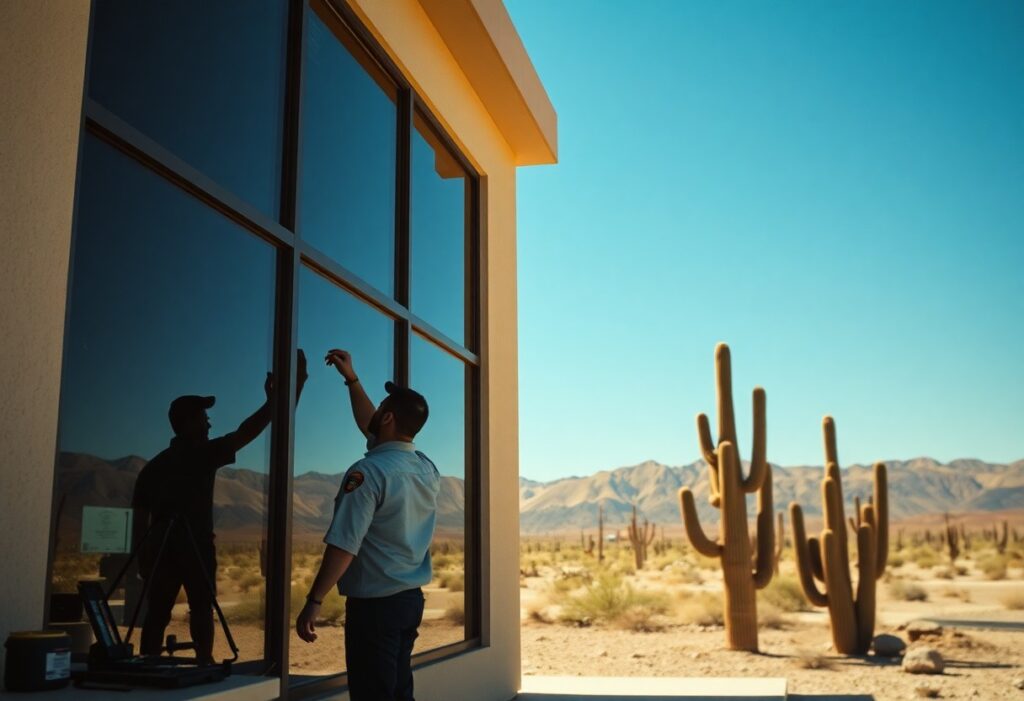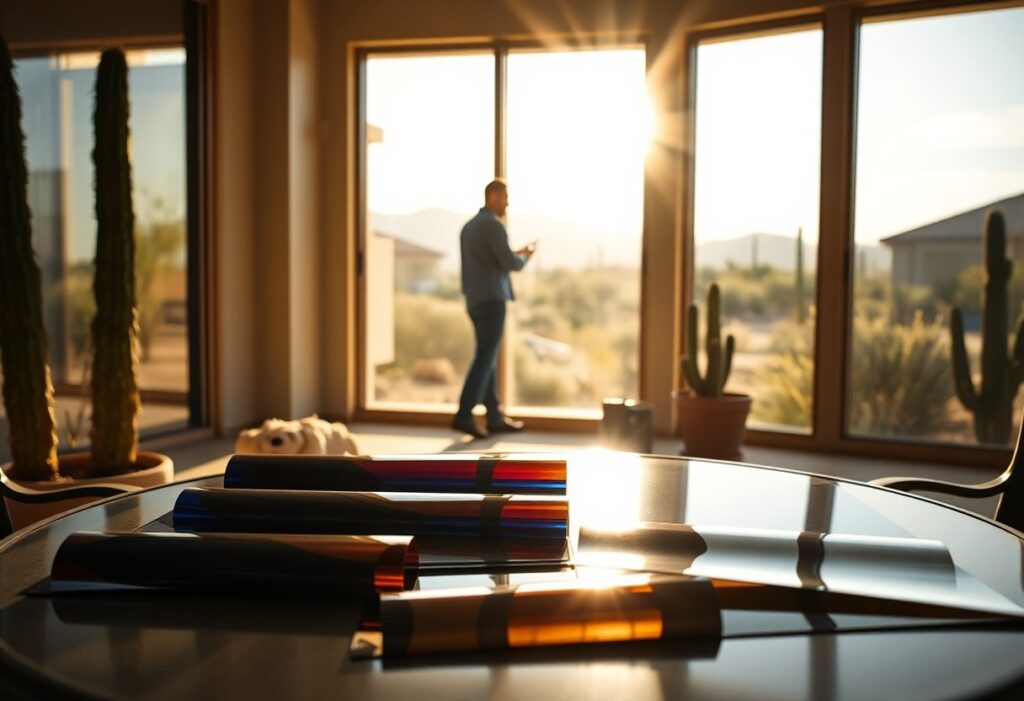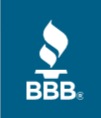Combining Smart Film And Window Tinting – How Coolidge Businesses Are Modernizing Their Spaces
There’s a growing trend in Coolidge where businesses are enhancing their environments through innovative technologies like smart film and window tinting. By integrating these solutions, you can elevate your space’s aesthetics while improving energy efficiency and privacy. This blog post will explore how these modern techniques not only modernize your workspace but also provide practical benefits, allowing you to create a comfortable and stylish atmosphere for both employees and clients. Understanding Smart Film Incorporating smart film benefits your business by enhancing aesthetics and functionality. This innovative technology transforms ordinary windows into dynamic displays, fostering a modern atmosphere that attracts customers while optimizing space usage. What is Smart Film? Smart film is an advanced, switchable film that alters its transparency with the flick of a switch or via an app. When activated, it can instantly transition from clear to frosted, providing privacy and versatility, making it ideal for offices, retail spaces, and conference rooms. Benefits of Smart Film for Businesses Adopting smart film elevates your business environment in multiple ways. It contributes to energy efficiency by controlling heat and glare, enhances privacy without sacrificing natural light, and fosters a contemporary look that can impress clients and staff alike. Energy savings can reach up to 30% by effectively managing solar heat gain, which can significantly lower cooling costs in hot months. Additionally, smart film’s flexibility allows for personalized branding opportunities; you can showcase your logo or promotional messages when the film is frosted. This dual functionality maximizes space usability, making it particularly valuable in urban settings where real estate is at a premium. Such a transformative solution not only modernizes your space but also positions you as a forward-thinking business committed to innovation and sustainability. The Role of Window Tinting Window tinting serves as an effective solution for enhancing energy efficiency, privacy, and aesthetics in commercial environments. By blocking harmful UV rays and reducing heat gain, tinted windows help maintain a comfortable internal climate while lowering energy costs. This transformative approach not only improves your workspace’s functionality but also adds a modern touch that attracts clients and employees alike. Advantages of Window Tinting Investing in window tinting offers multiple benefits, such as reduced glare, increased privacy, and enhanced security. With the ability to filter up to 99% of UV rays, tinted windows protect your furnishings and flooring from fading. Furthermore, window tinting can decrease your reliance on air conditioning by regulating indoor temperatures, resulting in lower utility bills and a more sustainable operation. Combining Window Tinting with Smart Film Integrating window tinting with smart film technology creates a powerful blend of functionality and innovation. Smart films allow you to adjust transparency and opacity with the flip of a switch, enhancing your space’s versatility. When paired with window tinting, this combination maximizes energy savings, privacy, and aesthetic appeal, making your business stand out in a competitive market. This integration not only optimizes energy efficiency by controlling solar heat but also provides real-time adaptability to your environment. For example, during meetings, you can switch to a frosted appearance for privacy, while maintaining a tinted layer that reduces glare. This dual functionality can be particularly advantageous in dynamic settings such as conference rooms or showrooms, allowing you to enhance customer experiences and employee productivity seamlessly. Case Studies: Coolidge Businesses Examining actual implementations of smart film and window tinting illustrates their transformative impact on Coolidge businesses. Each case highlights not only aesthetic enhancements but also measurable improvements in energy savings and client satisfaction. Café Aroma: Implemented smart film, resulting in a 30% reduction in energy costs and a 50% increase in foot traffic due to improved ambiance. Tech Solutions HQ: Installed window tinting, achieving a 40% decrease in glare for employees, enhancing productivity by 20% according to staff surveys. Zen Spa: Combined smart film and tint, leading to a 15% increase in customer satisfaction ratings regarding privacy and comfort. Coolidge Arts Gallery: Utilized smart film for exhibitions, allowing dynamic displays while reducing UV damage to artwork by 99%. Gourmet Deli: Applied window tinting, reducing air conditioning costs by 25% during peak summer months, maximizing profit margins. Businesses Leading the Way Several local businesses are setting benchmarks in combining smart film and window tinting. By investing in these technologies, they not only enhance the visual appeal of their spaces but also promote sustainability and energy efficiency, showcasing innovative business practices in the community. Customer Experiences and Feedback Customer feedback from businesses using smart film and window tinting reveals significant satisfaction improvements. Clients appreciate the enhanced privacy and comfort these technologies provide, often noting a more welcoming atmosphere that encourages longer stays and repeat visits. Surveys indicate that 85% of customers gained a more positive perception of businesses employing these technologies due to improved aesthetics and functionality. Patrons at Café Aroma mentioned feeling more comfortable in the space, significantly attributing their extended visits to the reduced glare and temperature. In contrast, Tech Solutions HQ employees reported a noticeable difference in work conditions, citing decreased eye strain. Such customer experiences underscore the profound impact of modernized spaces on overall satisfaction and loyalty. Installation Process The installation process for smart film and window tinting is streamlined and designed to minimize disruption to your business operations. Professionals will first measure your windows, ensuring a perfect fit for the smart film. Following this, the glass is cleaned thoroughly to eliminate any dust or debris. Once prepared, the film is applied using careful techniques, ensuring an adhesive bond that lasts. Finally, technicians will guide you through any immediate functionalities and maintenance tips. What to Expect During Installation You can expect a relatively quick installation, typically completed within a few hours for most commercial spaces. Technicians will arrive equipped with all necessary tools and materials, allowing them to slide easily into the workflow-your staff can remain focused on their tasks while the installation takes place. You will be informed throughout each stage, and any specifics regarding your space will be addressed to ensure satisfaction. Maintenance and Durability Maintaining your smart film and window

